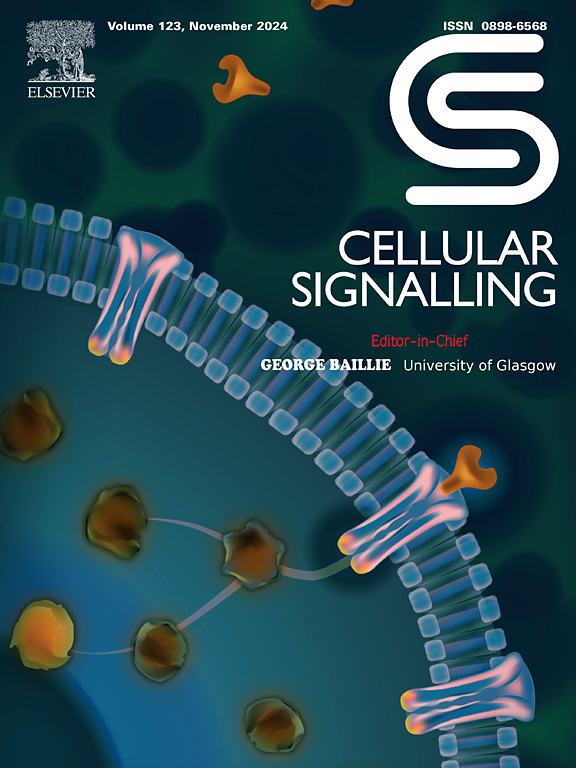全面回顾黑色素瘤中的 PRAME 和 BAP1:基因组不稳定性和免疫疗法靶点。
IF 4.4
2区 生物学
Q2 CELL BIOLOGY
引用次数: 0
摘要
在对文献的全面回顾中,我们研究了PRAME(黑色素瘤优先表达抗原)和BAP1(BRCA1相关蛋白1)在葡萄膜黑色素瘤(UM)和皮肤黑色素瘤中的复杂作用。PRAME在葡萄膜黑色素瘤中的高表达与不良预后有关,并与眼外扩展和8q染色体改变相关。UM中的BAP1突变预示着基因组的不稳定性和不良预后。结合 PRAME 和 BAP1 免疫组化染色有助于进行有效的风险分层。从机理上讲,这两个基因都与基因组的不稳定性有关,因此是很有希望的癌症免疫疗法靶点。PRAME 的低甲基化,尤其是其启动子区域的低甲基化,对 UM 的进展至关重要,并有助于表观遗传学的重编程。此外,miR-211 的调控对黑色素瘤至关重要,具有治疗潜力。PRAME改变信号通路的方式提供了一些线索,揭示了与DNA修复修饰有关的基因组不稳定性导致癌症的原因。在表达PRAME的细胞中抑制聚(ADP-核糖)聚合酶-1(PARP-1)和PARP-2可能会带来潜在的治疗应用。通路富集分析强调了 PRAME 和 BAP1 在黑色素瘤发病机制中的重要作用。本文章由计算机程序翻译,如有差异,请以英文原文为准。
A comprehensive review of PRAME and BAP1 in melanoma: Genomic instability and immunotherapy targets
In a thorough review of the literature, the complex roles of PRAME (preferentially expressed Antigen of Melanoma) and BAP1 (BRCA1-associated protein 1) have been investigated in uveal melanoma (UM) and cutaneous melanoma. High PRAME expression in UM is associated with poor outcomes and correlated with extraocular extension and chromosome 8q alterations. BAP1 mutations in the UM indicate genomic instability and a poor prognosis. Combining PRAME and BAP1 immunohistochemical staining facilitates effective risk stratification. Mechanistically, both genes are associated with genomic instability, making them promising targets for cancer immunotherapy. Hypomethylation of PRAME, specifically in its promoter regions, is critical for UM progression and contributes to epigenetic reprogramming. Additionally, miR-211 regulation is crucial in melanoma and has therapeutic potential. The way PRAME changes signaling pathways provides clues about the cause of cancer due to genomic instability related to modifications in DNA repair. Inhibition of poly(ADP-ribose) polymerase-1 (PARP-1) and PARP-2 in cells expressing PRAME could lead to potential therapeutic applications. Pathway enrichment analysis underscores the significance of PRAME and BAP1 in melanoma pathogenesis.
求助全文
通过发布文献求助,成功后即可免费获取论文全文。
去求助
来源期刊

Cellular signalling
生物-细胞生物学
CiteScore
8.40
自引率
0.00%
发文量
250
审稿时长
27 days
期刊介绍:
Cellular Signalling publishes original research describing fundamental and clinical findings on the mechanisms, actions and structural components of cellular signalling systems in vitro and in vivo.
Cellular Signalling aims at full length research papers defining signalling systems ranging from microorganisms to cells, tissues and higher organisms.
 求助内容:
求助内容: 应助结果提醒方式:
应助结果提醒方式:


